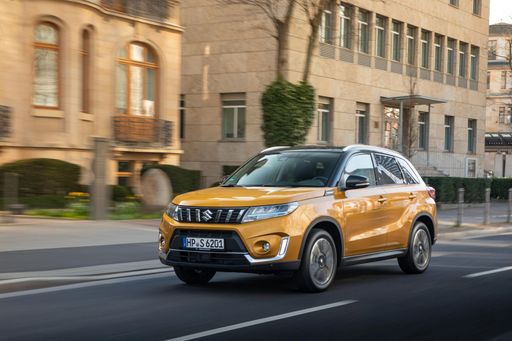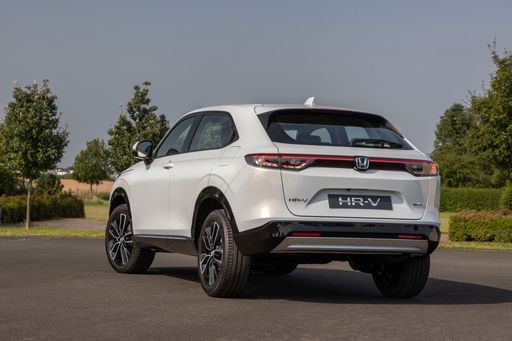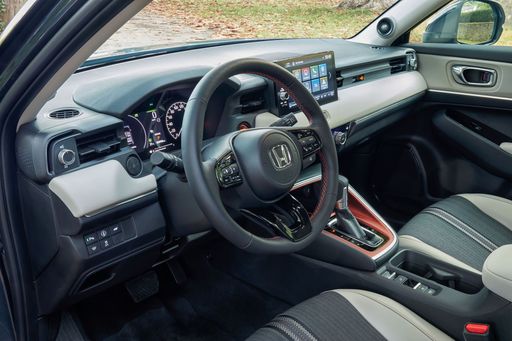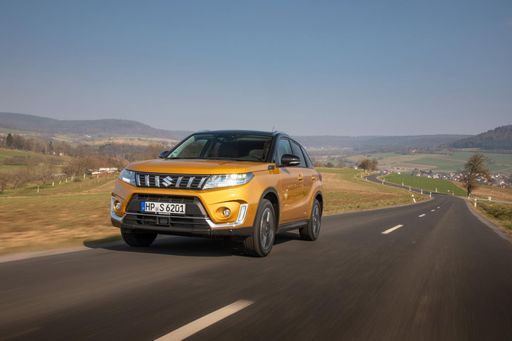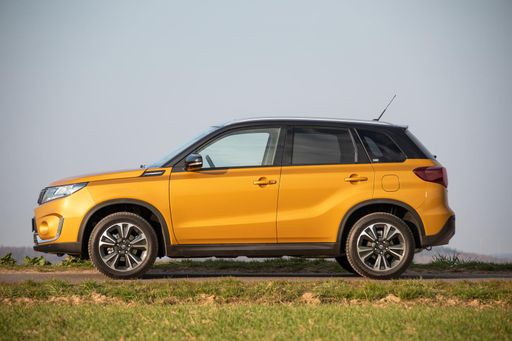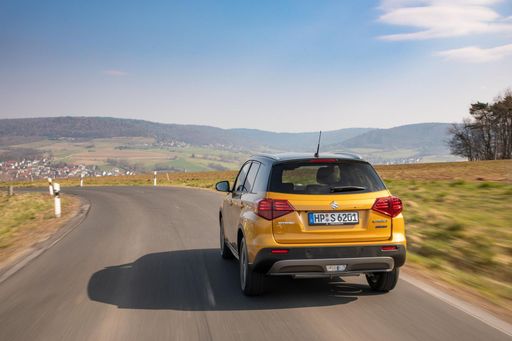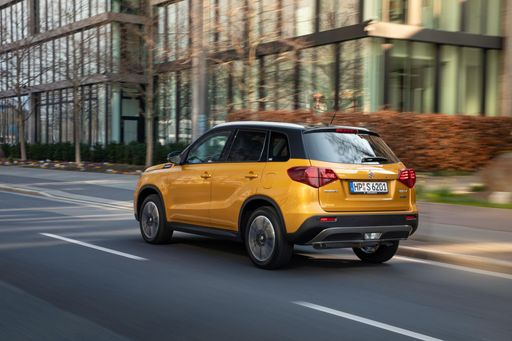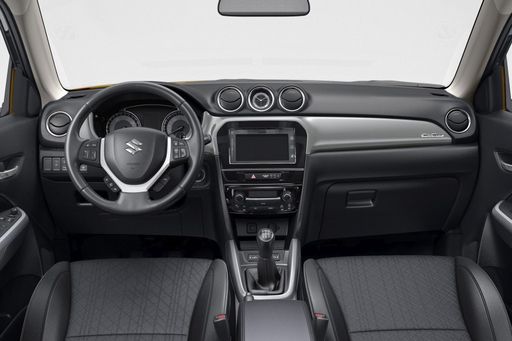Introduction: A Clash of Titans
When it comes to the world of compact SUVs, Honda and Suzuki have established themselves as formidable players. Both brands sport impressive line-ups that cater to a diverse range of consumers, but how do they stack up against each other? In this comparison, we will explore the key technical aspects, innovations, and features of two popular models: the Honda HR-V and the Suzuki Vitara. These vehicles represent the latest advancements from their respective manufacturers for the model years 2022 and 2024.

